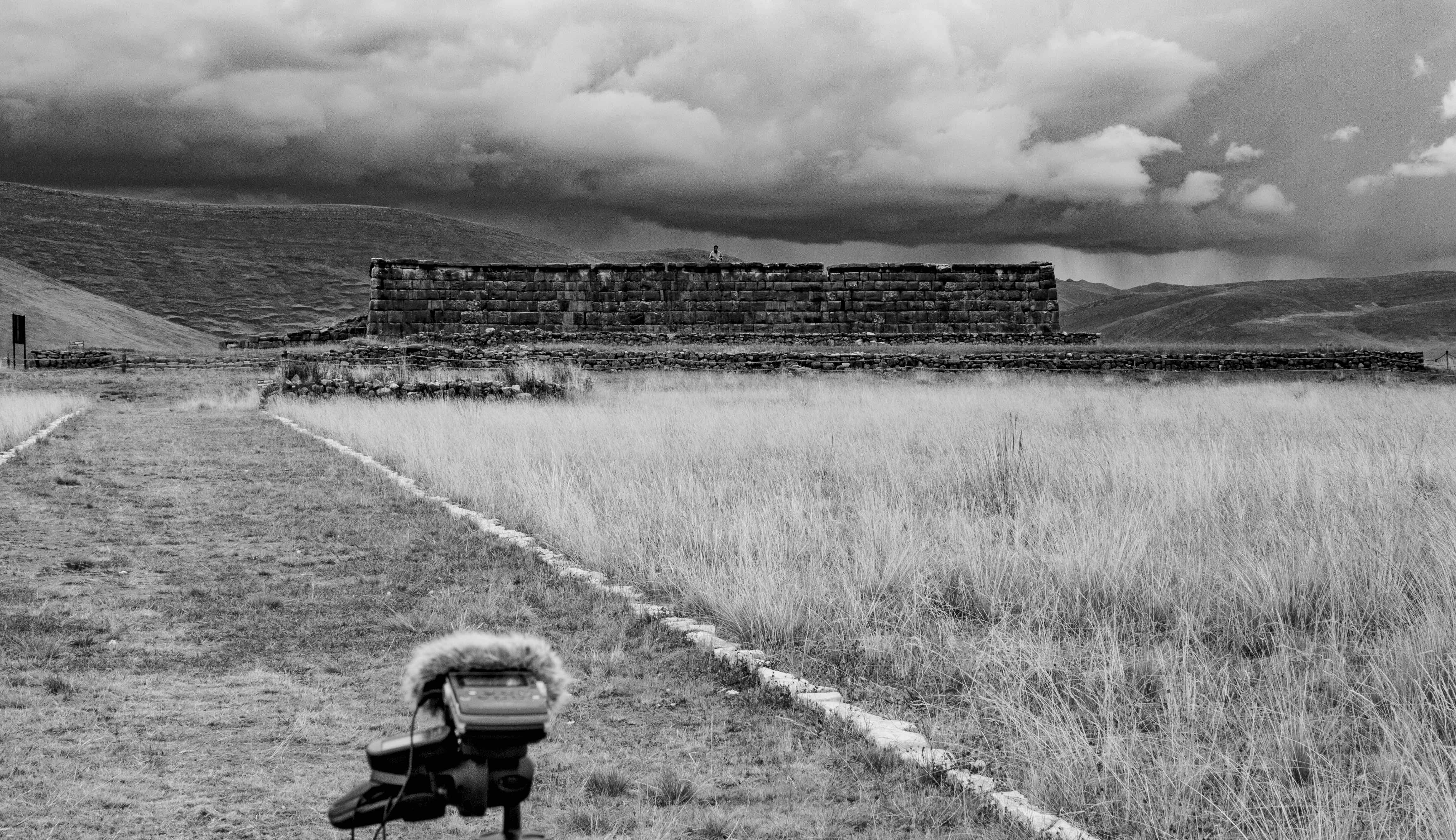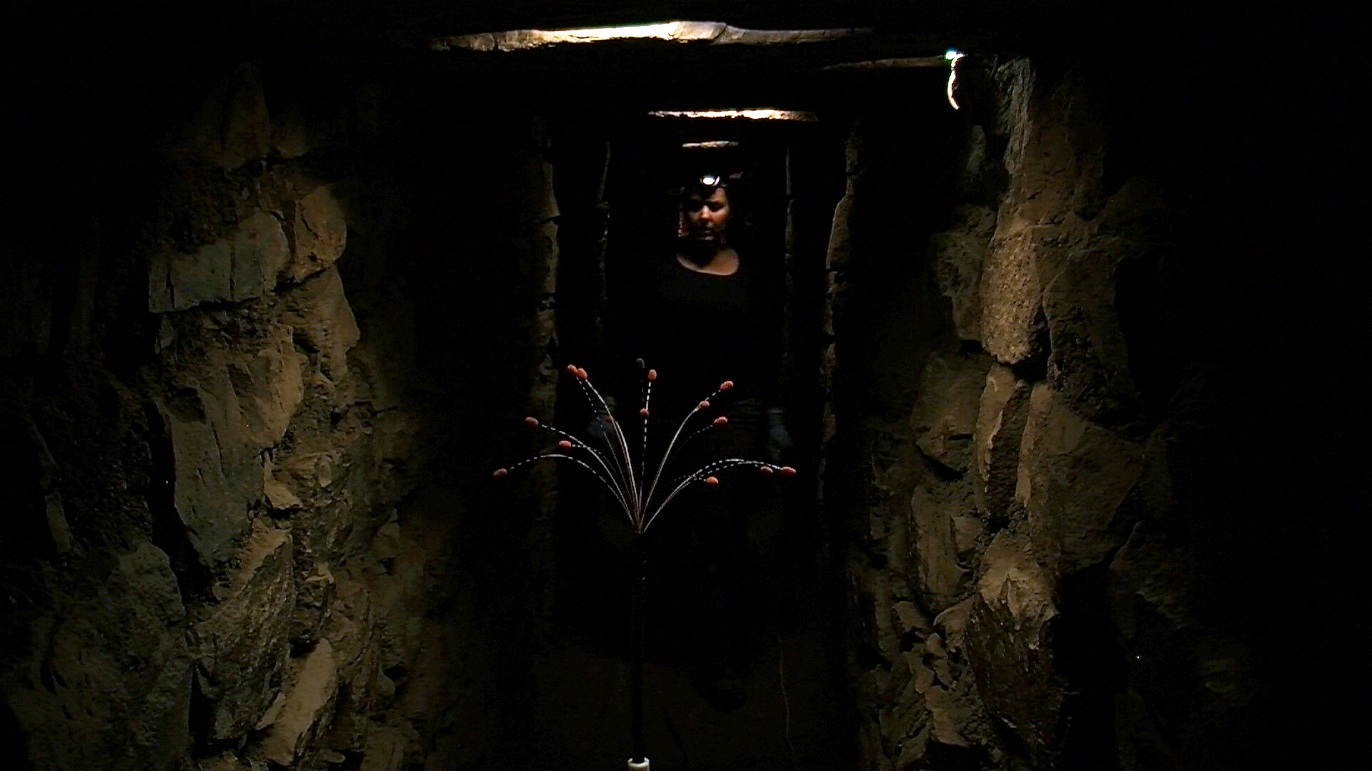
EXPLORATIONS
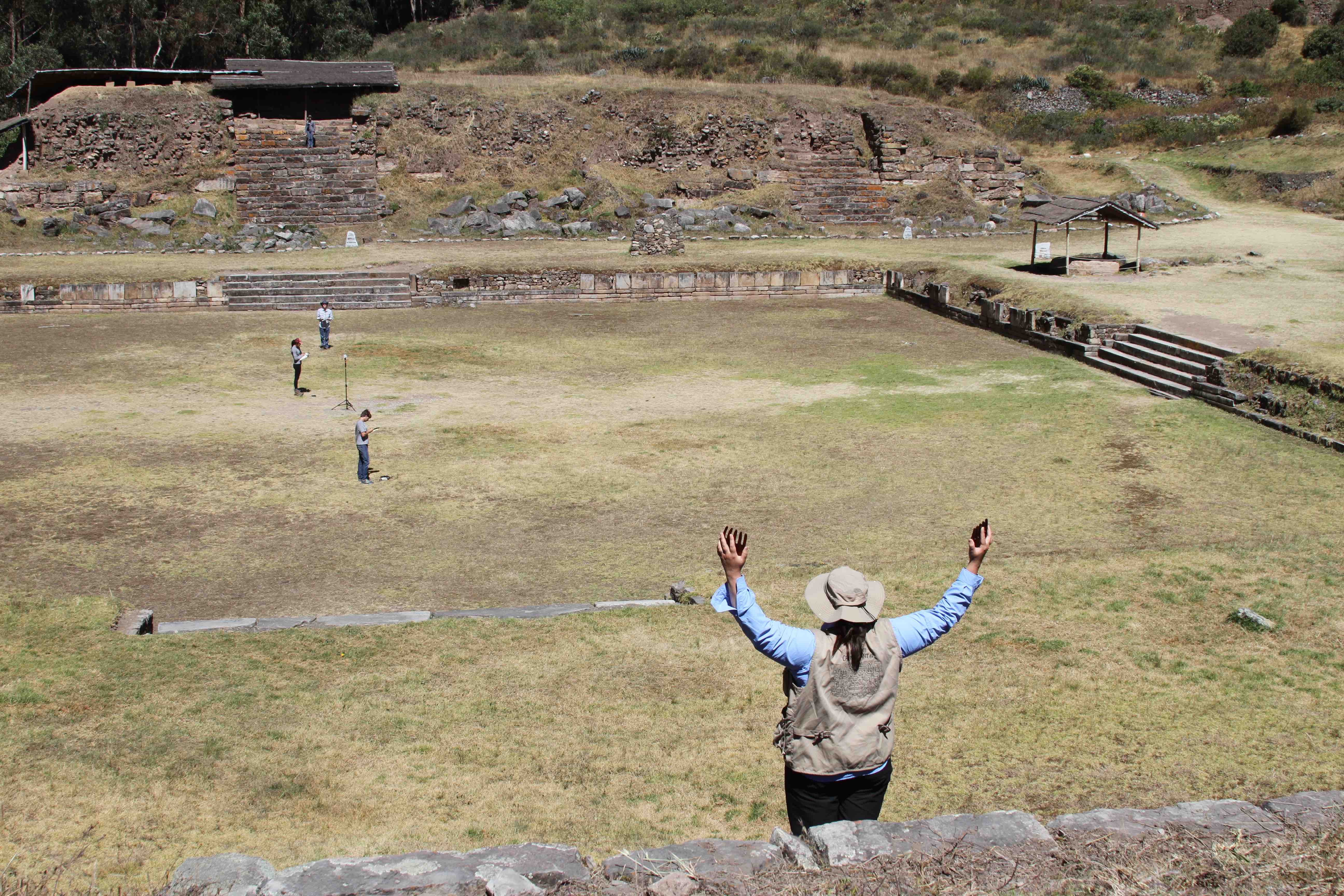

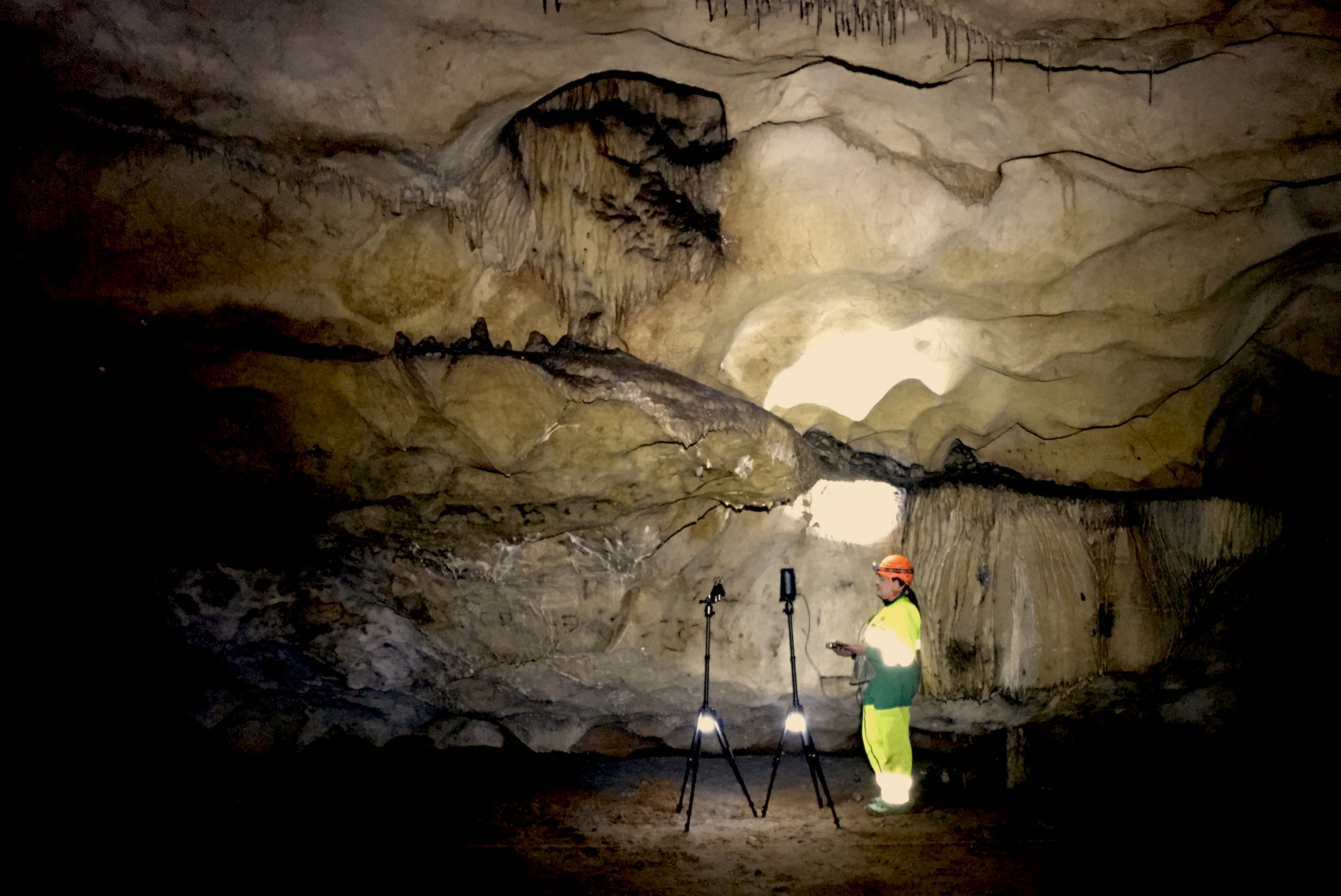
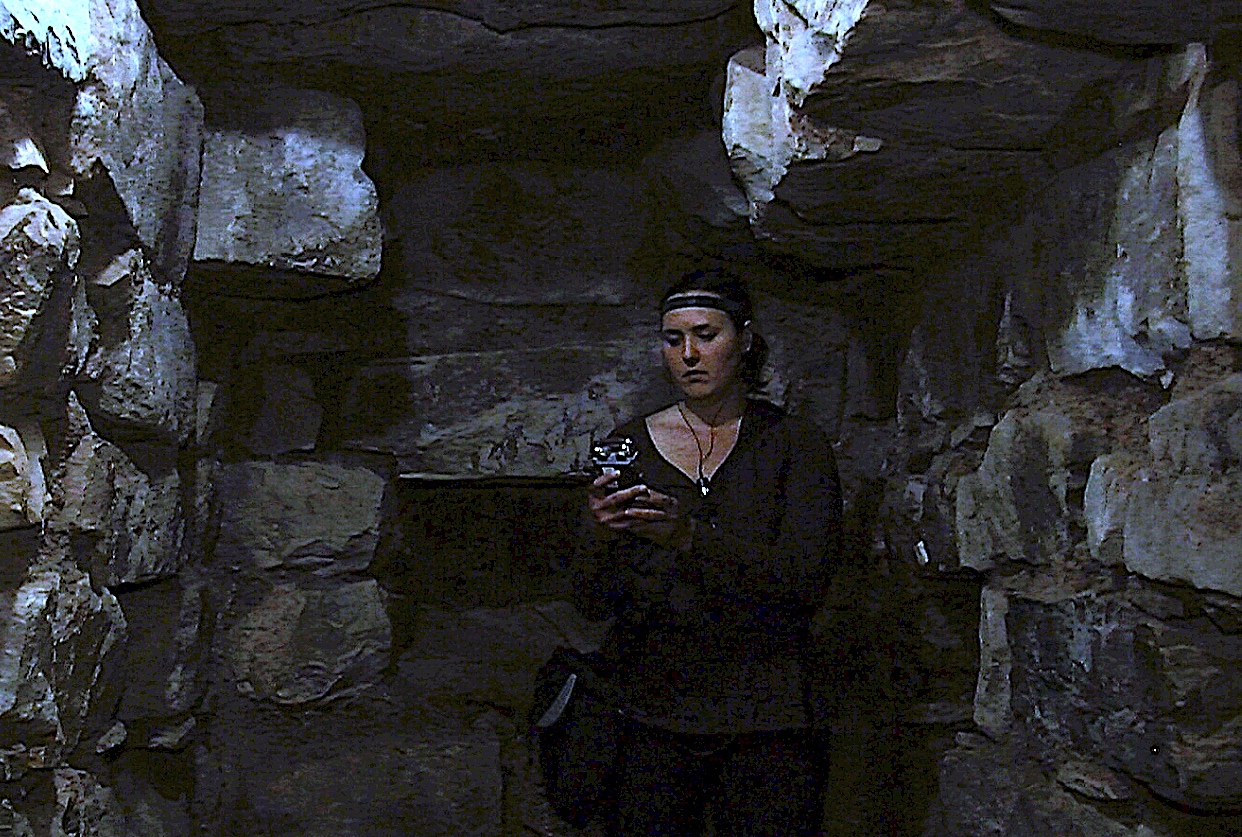
ABOUT
Cultural Acoustics fuses humanistic and social science inquiry, drawing on natural and experimental science, creative and philosophical discourse. My acoustics and auditory science-based, cross-disciplinary approach to anthropological research shares territory with ethnomusicology, leverages digital technologies, and values comparative explorations of perspective. I'm interested in how sound influences people, what people do with sound, and what this means for humans as individuals and social beings. My research focuses on archaeoacoustical explorations of places and sound-producing instruments, to understand human-sonic interrelationships in multi-sensory contexts.
RECENT & SELECTED ARTICLES
→ A "human-centered" approach to aural heritage preservation and access (pdf)
Proceedings of the 24th International Conference on Acoustics (ICA 2022), Gyeongju, South Korea, October 2022
Aural heritage research documents, reconstructs, and preserves the sonic interactivity of sites important to humans across time and around the world. Here, we discuss acoustical data acquisition per the definition of aural heritage we proposed: "spatial acoustics as physically experienced by humans in cultural contexts." Two factors support ecological validity (realism). First, the use of places change over time, so aural heritage documentation and reconstruction should be informed by contextual knowledge of both present-day situations as well as past scenarios suggested by historical records or archaeological materials. Second, and our focus here: aural heritage documentation requires acoustical measurements that represent humanly plausible perspectives on a soundfield, including measurements that document human-surface relationships. To ensure accuracy in the presentation of reconstructions of past acoustics to present-day humans, it is necessary to understand how spatial acoustical data translate across different audio rendering systems used for auralizations. Our "human-centered" approach to data collection addresses ecological validity in aural heritage preservation, and in concurrent research we have conducted perceptual evaluations of soundfields reconstructed from these data in multichannel listening rooms. Aural heritage data collection and auralization research require separate methodologies that intersect in the presentation of past acoustics to present-day listeners.
→ Acoustics in Music Archaeology: Re-Sounding the Marsoulas Conch and Its Cave (pdf)
OPEN ACCESS: Acoustics Today 2022, 18(2), 52-61
The Marsoulas conch and its Magdalenian resting place in the Marsoulas Cave in southern France offer unprecedented physical evidence of the interconnectedness of visual art making and music. Acoustical science provides empirical means for characterizing the sounding relationship of the shell horn with a likely context for its performance.
→ Reconstructing Prehistoric Music Technologies: Archaeological Explorations of Humans as Designers
OPEN ACCESS: Proceedings of the 19th Sound and Music Computing Conference, Saint-Étienne, France (SMC-2022)
Despite ubiquitous references to human curiosity and experimentalism across cultures, narratives about life in prehistory (before writing) tend to oversimplify our physiologically equal ancestors. As in the present, prehistorical experimentation with how things work to make and shape sound –– engineering design –– would have led to the creation and refinement of sound-making tools (mechanical music technologies), and also to the use and modification of environmental settings with notable acoustical reinforcement and thus generative of sonic sensory feedback.
→ Speleoacoustics in Southern Ardèche for Auralizations and Music Experimentation
OPEN ACCESS: Proceedings of the 19th Sound and Music Computing Conference, Saint-Étienne, France (SMC-2022)
Here, we propose a human-centered acoustical data collection strategy to enable physics-based and psychoacoustically accurate spatial reconstructions of cave acoustics. These reconstructive models can be used to produce audio demonstrations of cave acoustics in which different sound sources can be auralized. We summarize 2021 speleoacoustics measurements that we made within limestone caves in the Ardèche Valley of south-central France. These measurements reflect methodological propositions for fieldwork relating spatial acoustics to human sensory experience and associated anthropological concerns. We also compare a range of different acoustical features corresponding to specific and contrasting geomorphological contexts in related cave systems.
→ La Arqueoacústica experimental: Estudios para la preservación de “patrimonio auditivo” / Experimental Archaeoacoustics: Studies for Aural Heritage Preservation
OPEN ACCESS: ECOS 2022, 3(1), 42-45
New methodologies to document, preserve, and reconstruct aural heritage are applied in diverse sites including work in historical sites in the United States and in decorated caves from the Upper Paleolithic in France –– all important to the "aural heritage" record, a term that we are developing in practice and publications.
→ Preserving Human Perspectives in Cultural Heritage Acoustics: Distance Cues and Proxemics in Aural Heritage Fieldwork
OPEN ACCESS: Acoustics 2021, 3(1), 156-176
We examine the praxis implications of our working definition of aural heritage: spatial acoustics as physically experienced by humans in cultural contexts; aligned with the aims of anthropological archaeology (the study of human life from materials).
→ Situating Inca Sonics: Experimental Music Archaeology at Huáunco Pampa, Peru (pdf)
Flower World - Music Archaeology of the Americas 2020, Vol. 6, 13-46
This article engages with the archaeological discourse on affordance theory, interrelating ideas from disparate but relevant fields to initiate a new epistemological conversation about experimental music archaeology and spatial performance in Inca settings, and beyond. It presents a detailed acoustical analysis of musical performance and platform-top sonic affordances at Huánuco Pampa, drawing into conversation discourse on soundscape, archaeological entanglement, ethnomusicology, and Inca studies. It includes a proposal for a new “performative soundscape science” to explore the multi-relational interdependencies of sonic performance by emplaced soundmakers.
In Flower World Vol. 6
→ Conch Calls into the Anthropocene: Pututus as Instruments of Human-Environmental Relations at Monumental Chavín
OPEN ACCESS: Yale Journal of Music & Religion 2019, 5(2), 22-63
The Chavín pututus (sound-producing conch shells) harbor cosmological significance whose details are mired in the uncertainty of archaeology, yet whose materiality conveys reference and function: they are instruments of human-environmental relations; ritual technologies for humans asserting agency in ordering their cosmos.
→ Archaeoacoustics Fieldwork for Aural Heritage Conservation: Collaborative Distributed Sound-Sensing at Chavín de Huántar, Perú
Change Over Time: An International Journal of Conservation and the Built Environment 2019, 9(2), 164-191
The aural heritage fieldwork method we introduce here, “collaborative distributed sound-sensing,” employs both human observers and digital technologies to explore, document, measure, and map sound transmission and reception at Chavín, via reconstructive “performance auralizations” of archaeologically appropriate sound sources, Strombus shell replicas of the Chavín pututus.
→ The Huáunco Pampa acoustical field survey: an efficient, comparative archaeoacoustical method for studying sonic communication dynamics
OPEN ACCESS: Heritage Science 2018, 6(39)
We detail here a new archaeoacoustics method that cross-compares a sequence of human-performed sound sources along with a standard electronic acoustical test signal across survey points. This efficient and rigorous archaeological experiment produced extensible data and observations regarding Inca-designed site sonics and multi-directional communication dynamics.
→ Archaeoacoustics: Re-Sounding Material Culture (pdf)
OPEN ACCESS: Acoustics Today 2018, 14(4), 28-37
Archaeoacoustics probes the dynamical potential of archaeological materials, producing nuanced understandings of sonic communication, and re-sounding silenced places and objects.
→ Sensing Sonically at Andean Formative Chavín de Huántar, Perú
Time and Mind: The Journal of Archaeology, Consciousness and Culture 2017, 10(1), 39-59
Archaeoacoustics operationalizes non-verbal sound as means and medium for communication. Transposing principles from information theory to explore the structuring of Chavín’s sonic environment, I argue that sonic symbols that parallel in-situ visual depictions are architecturally encoded at Chavín, constituting multi-channel messaging.
→ Ancient Pututus Contextualized: Integrative Archaeoacoustics at Chavín de Huántar, Perú (pdf)
Flower World: Music Archaeology of the Americas 2012, Vol. 1, 23-53
PDF: This study of ancient sound-producing instruments within a comprehensive archaeoacoustical investigation is greatly enhanced by an integrative methodology that explores interrelationships among instrumental and environmental acoustical dynamics, and considers their auditory perceptual implications. The 3,000-year-old Andean Formative Period ceremonial center at Chavín de Huántar presents both Strombus marine shell horns known as pututus and well-preserved architecture whose acoustics can be tested, measured, and computationally modeled. Comparative acoustical measurements of site instruments and architecture, further informed by on-site psychoacoustical experimentation, provide information about the auditory environment experienced by ritual participants in ancient Chavín. We present findings that demonstrate an architectural acoustical mechanism specifically linking the Chavín pututus to the area of the Lanzón Gallery and Circular Plaza, focal in this reputed oracle center. We propose a sounding oracle, and how it could be given voice.
